Terrible though this is to say, I now don’t think Dundee FC’s Camperdown Stadium will happen.
The roads changes we now know are required have killed it.
And, let’s be clear, that is a disaster not just for Dundee Football Club but for the city of Dundee as a whole.
The traffic access problem looks to be insoluble on cost grounds.
I fear Transport Scotland (TS) is using the example of the just-completed reconstruction of the Swallow Roundabout, less than two miles away, as a model for the road layout changes they want.
That job took scores of workers – working mainly at night with attendant heavy machinery – around a year to complete.
It was created to service the 700-home Western Gateway development, which (arguably) could generate as much traffic as a new stadium hosting matches or concerts.
Poor communication over Camperdown project
Or TS might only be insisting on creation of a lights-controlled traffic roundabout similar to the one at the Myrekirk Road/Kingsway junction.
But either of those projects, with the materials required, could have a price tag running to £20-30 million.
That’s an extra cost very difficult to meet and still make a profit on Dark Blue Holdings’ stadium/leisure/housing ambitions.
It is clear from their statement this week that TS wants significantly more than a simple on-off slipway – as sketched in the plans Dark Blue Holdings released – to deal with traffic flow.
However, whatever is required, it should never have got to the stage of an unseemly blame-throwing spat between Dundee FC’s managing director John Nelms and Transport Scotland.
That shows there hasn’t been a proper level of communication.
The question of traffic management – exactly what would be required, the cost and timescale – should have been one of the first things examined after the Camperdown site was identified.
Losing new Dundee FC stadium would be savage blow for city
And if it wasn’t thought of at the start, it is truly amazing we have come this far – it’s nine years since the idea of a stadium at Camperdown was raised – before only discovering now that the road, so to speak, is barred.
For years, absolutely everyone in the city has known traffic for the project is a big issue.
So what are we left with?
It was claimed the stadium, crematorium, hotel and housing development would create 230 full-time jobs, and an additional 180 construction jobs.
To lose those jobs is bad enough.
To lose what would have been a fantastic asset for the city, a venue that could have attracted stadium-standard attractions, is a savage blow.
But the continued good health of the football club is the most important issue.
Whatever happens, DFC shouldn’t suffer.
The only not-entirely-disastrous outcome of all this is that Dens Park might now be redeveloped.
Perhaps the Ron Dixon-inspired plans drawn up in the early 1990s could be resurrected?
The architect’s vision back then, showing a two-tier south stand with an ice rink behind and below, were impressive.
These plans could be given an up-to-date re-draw.
Dens Park could be a fantastic football ground and multi-purpose venue if it was rebuilt with imaginative, and profitable, use of the space facing Dens Road.
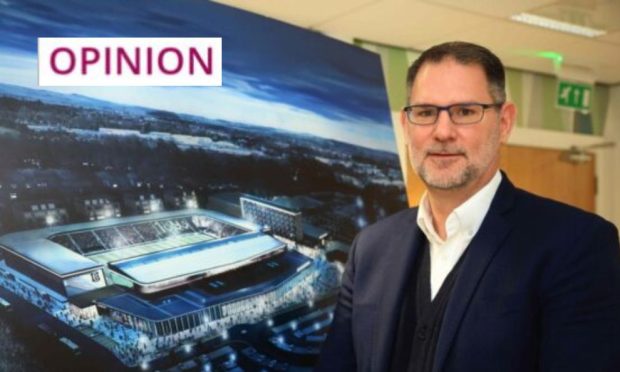
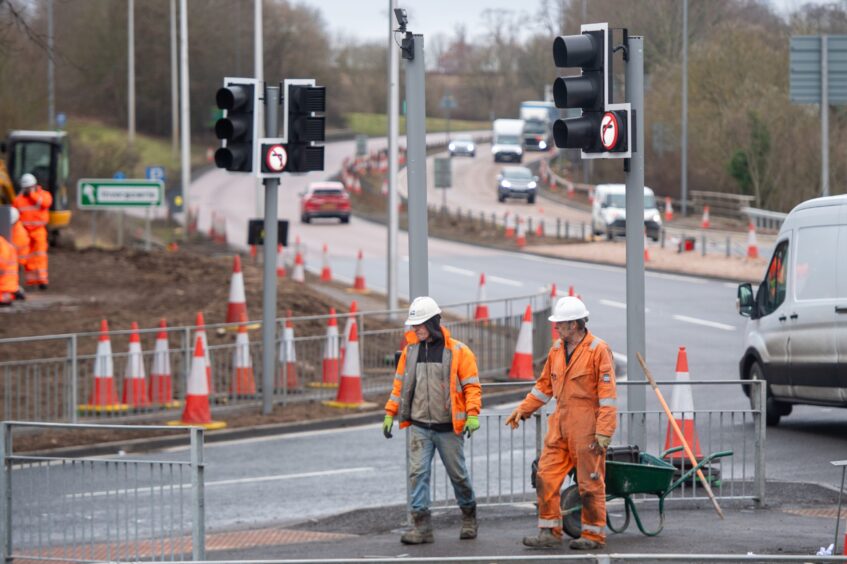



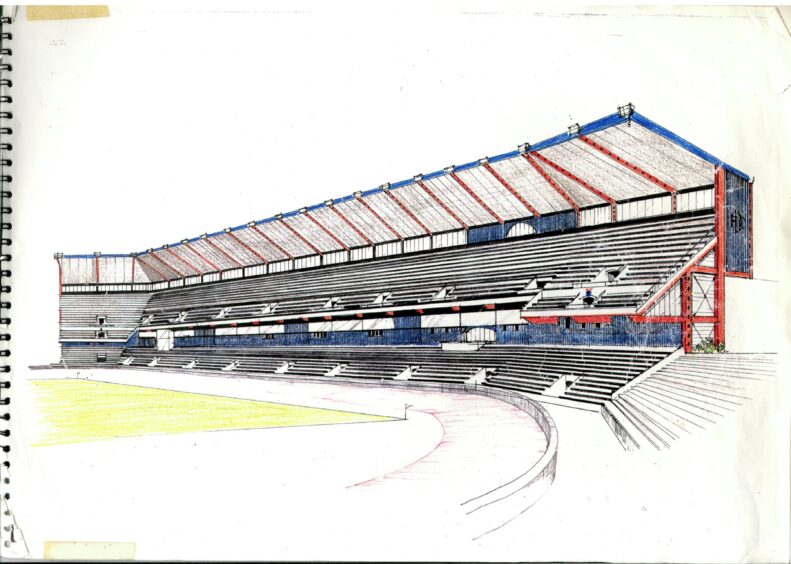
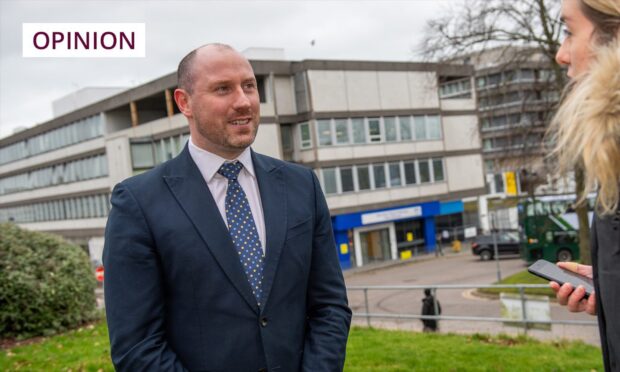
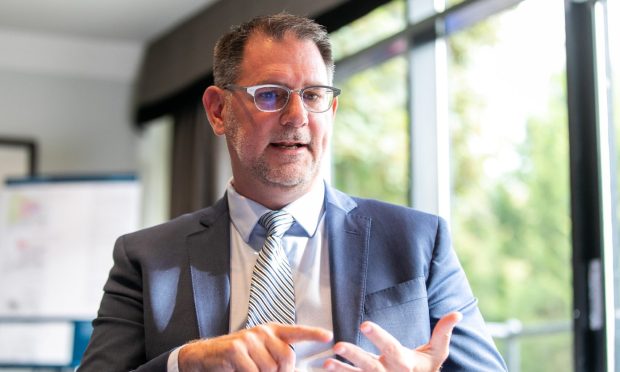
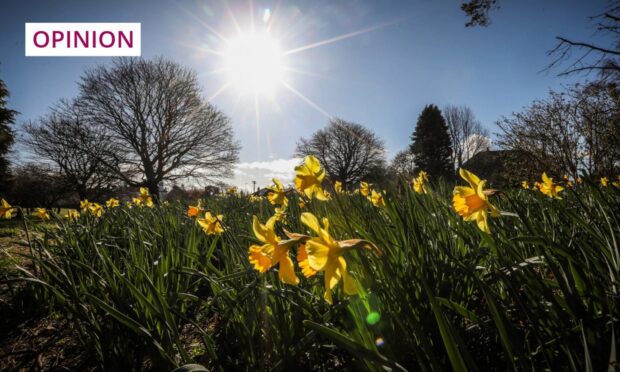
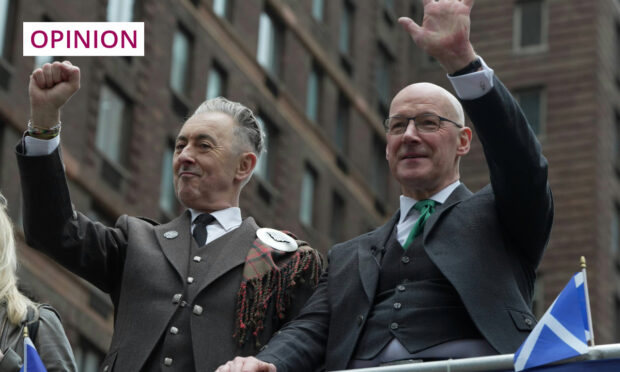
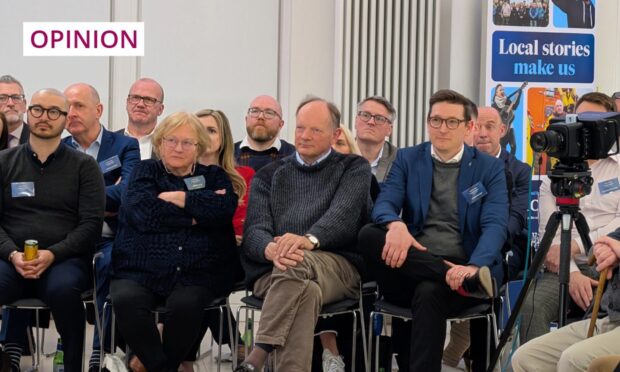


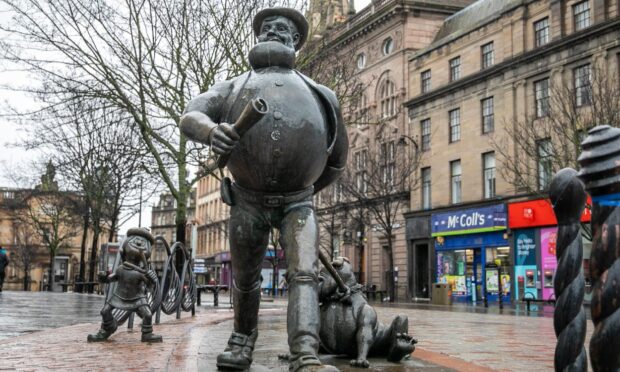

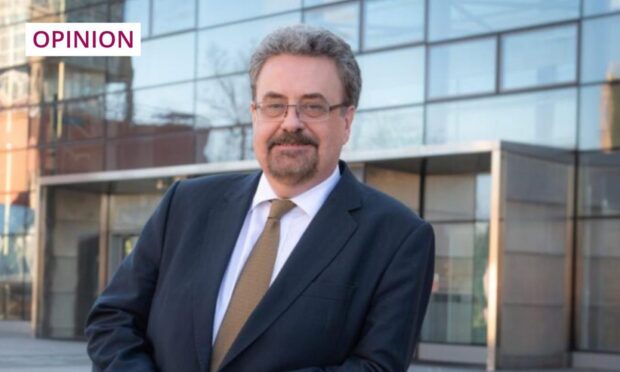
Conversation